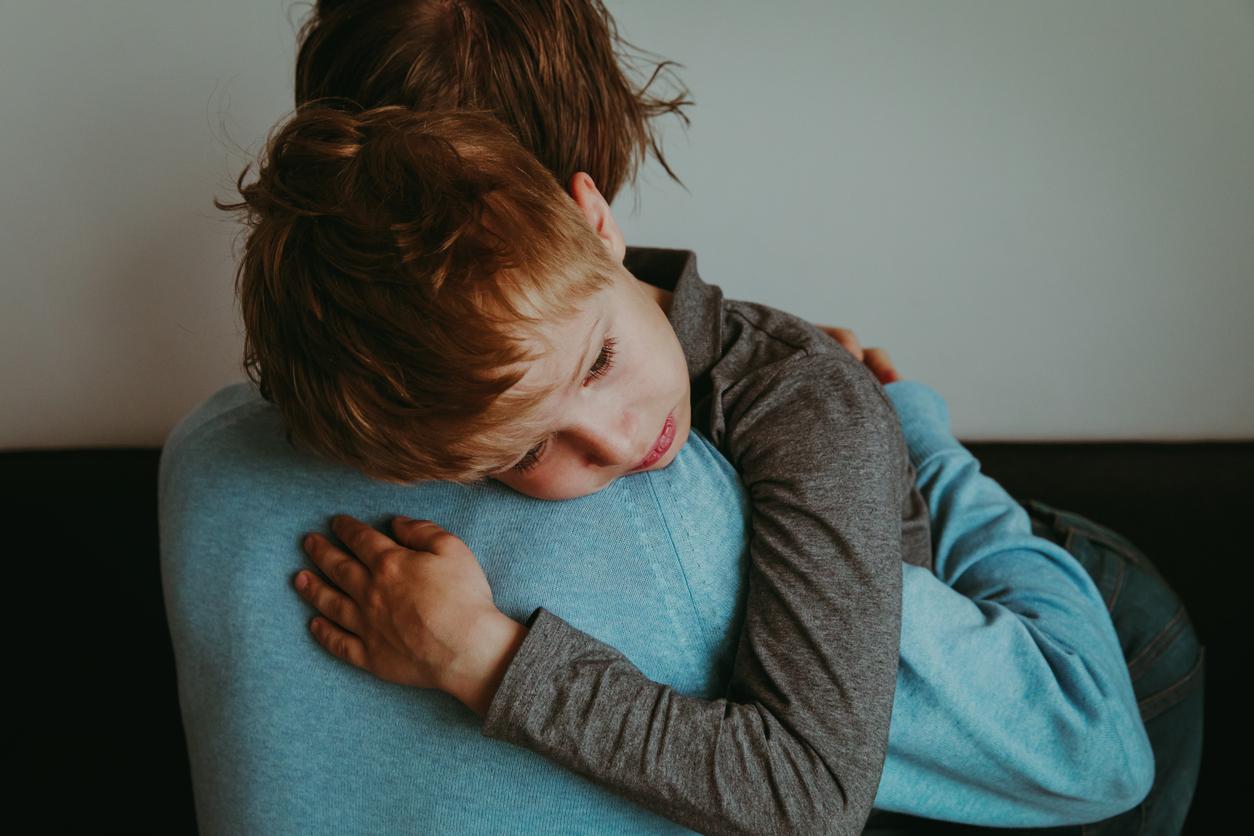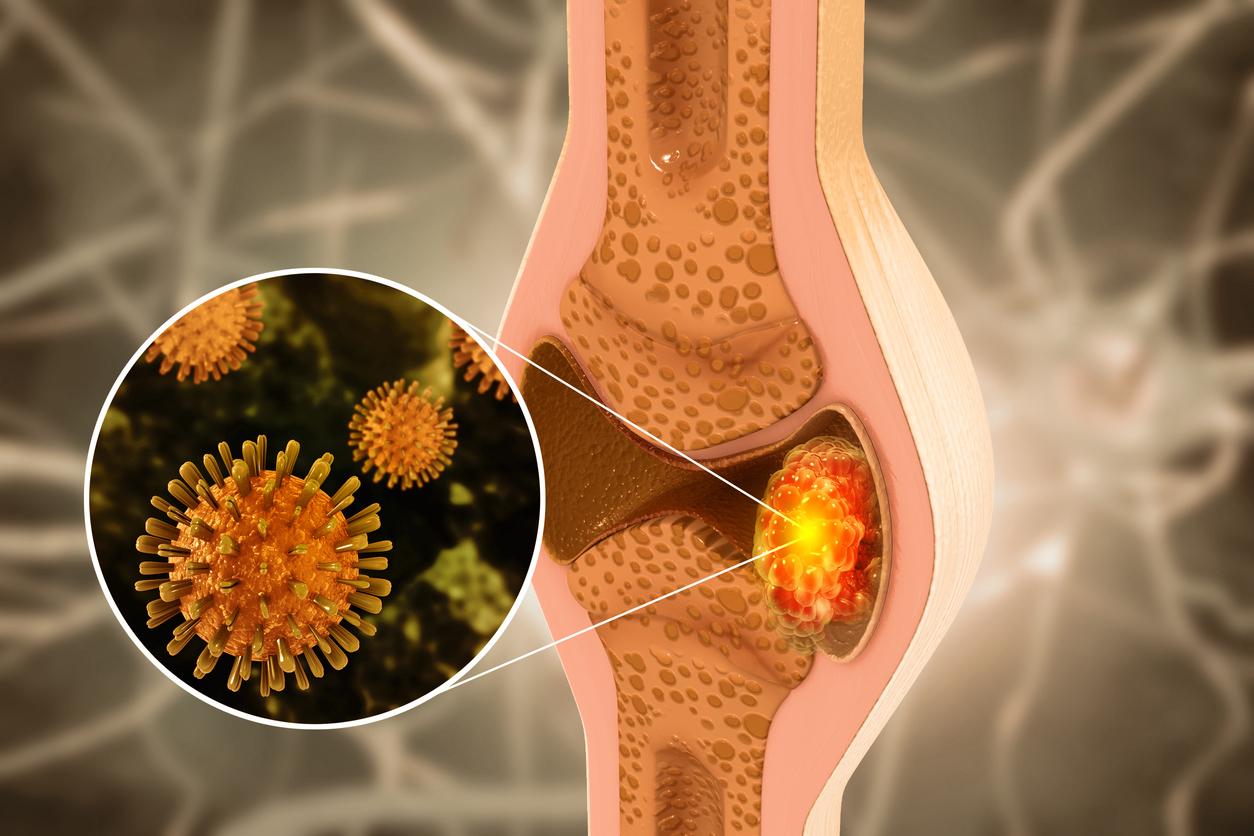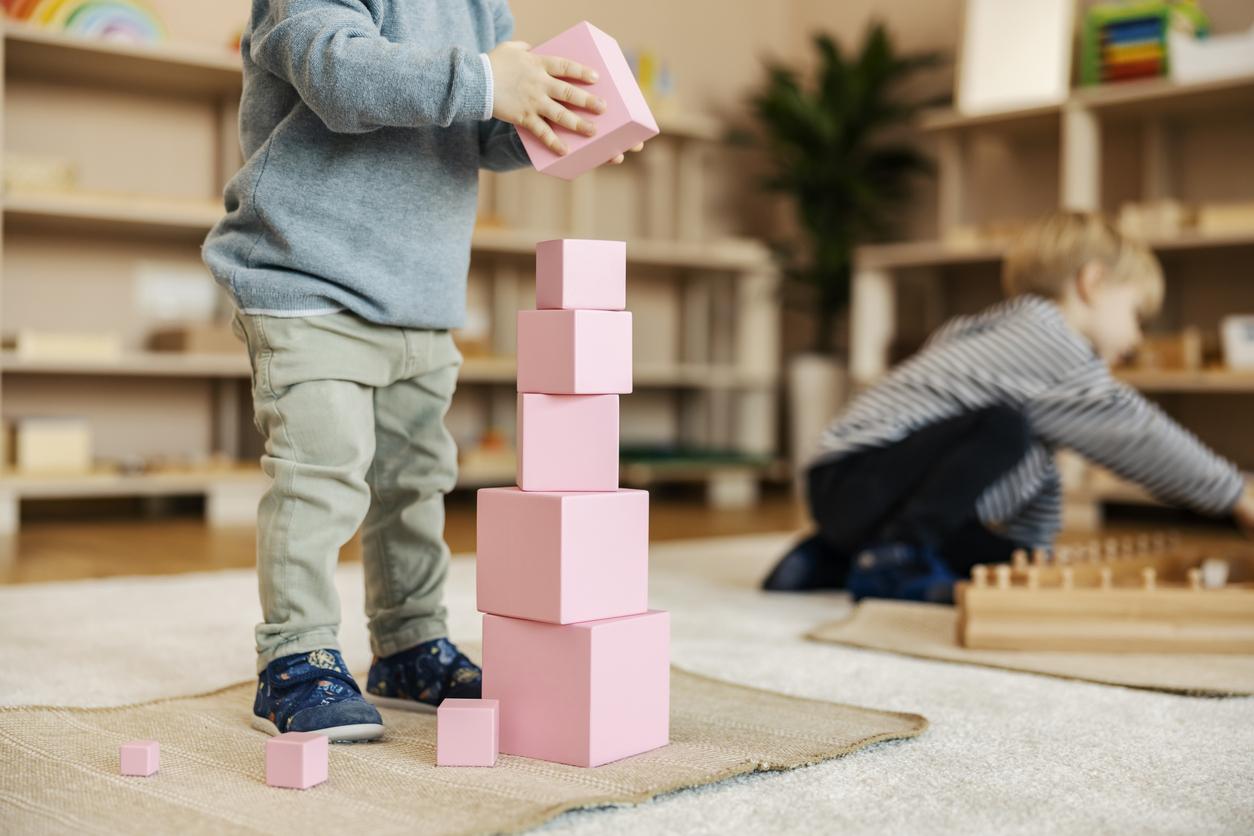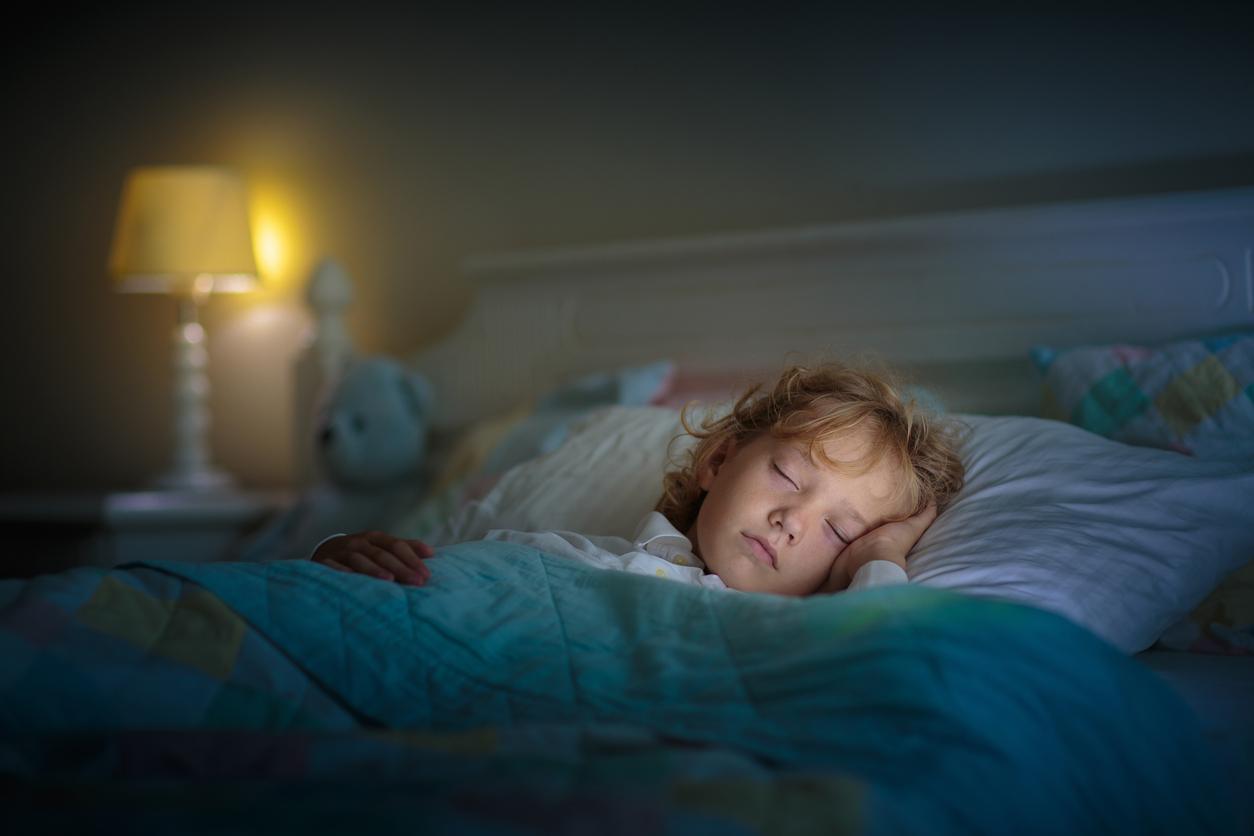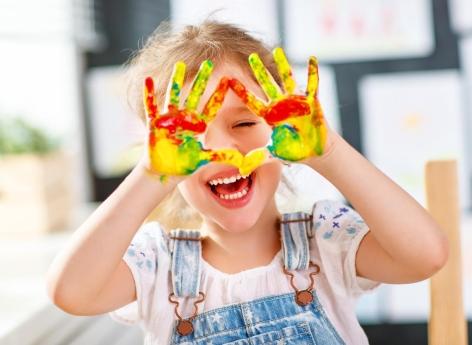Here are 12 symptoms that should prompt parents to consult a vision professional for their offspring.

- The National Union of Orthoptists (SNAO) “today alerts families to the importance of monitoring their children’s vision”.
- With this in mind, the organization lists for parents the 12 signs that should alert them to this problem.
- Each year in France, vision pathologies are detected in at least 800,000 children.
In a press release, the National Union of Orthoptists (SNAO) “today alerts families to the importance of monitoring their children’s vision.”
12 signs should alert parents about their child’s vision
With this in mind, the organization lists for parents the 12 signs that should alert them, namely:
1. strabismus (crossed eye);
2. nystagmus (twitching eye);
3. a stiff neck (head tilted when looking);
4. an abnormality of the eyeball or eyelids;
5. a lack of visual interest;
6. delay in walking;
7. weak or excessive blinking of the eyes;
8. squinting of the eyes and/or discomfort with light;
9. an eye that closes or eyes that are often rubbed;
10. difficulty apprehension of objects;
11. the child bumps or falls very often;
12. headaches or double vision.
If the child presents one or more of these symptoms, a vision professional should be consulted*.
20% of children have a visual disorder occurring before the age of 6
20% of children present with a visual problem occurring before the age of 6. The majority of these problems (70%) are linked to a refractive disorder (which results in blurred vision of objects) and 30% are linked to strabismus or amblyopia (difference in vision between the two eyes). Exceptionally, the visual disturbance may be linked to a potentially blinding ocular pathology (partial or total absence of vision).
Every year, vision pathologies are detected in at least 800,000 children. “Some of these diseases could be identified much earlier, thus allowing less burdensome and restrictive treatment. This would also have more significant and rapid positive effects on vision,” estimates the SNAO.
“Sight represents 80% of sensory input in children”
“The evolution of society and uses (screens, etc.) has led to the development of an excessive demand on vision in children and young people, sometimes the cause of pathologies or vision dysfunctions”, add the orthoptists.
“It seems important to us to remember that sight represents 80% of sensory input,” they continue. “Thus, functional disorders of binocular vision and ocular motor skills can cause children to have problems and delays in learning to walk, speak, read and even practice hygiene. These disorders can also be the cause of ADHD (Attention Deficit Disorder with or without Hyperactivity)”, they conclude.
*It is possible to see an orthoptist directly without a prescription for toddlers aged between 9 months and 15 months or between two and a half years until the day before they turn 6.










